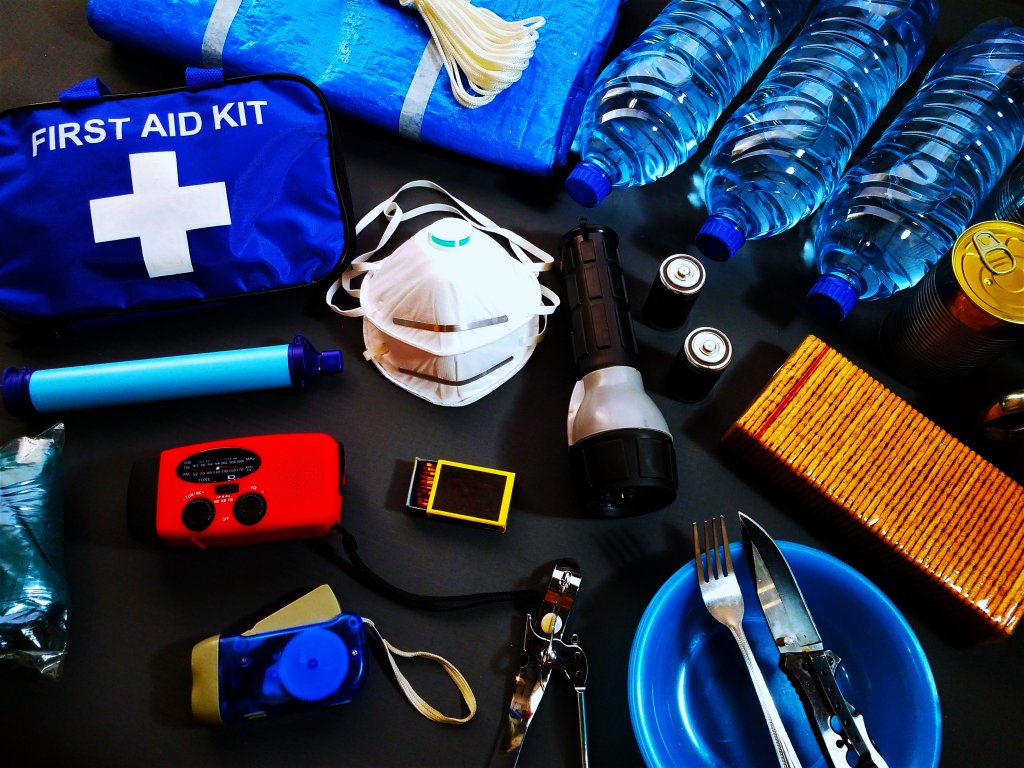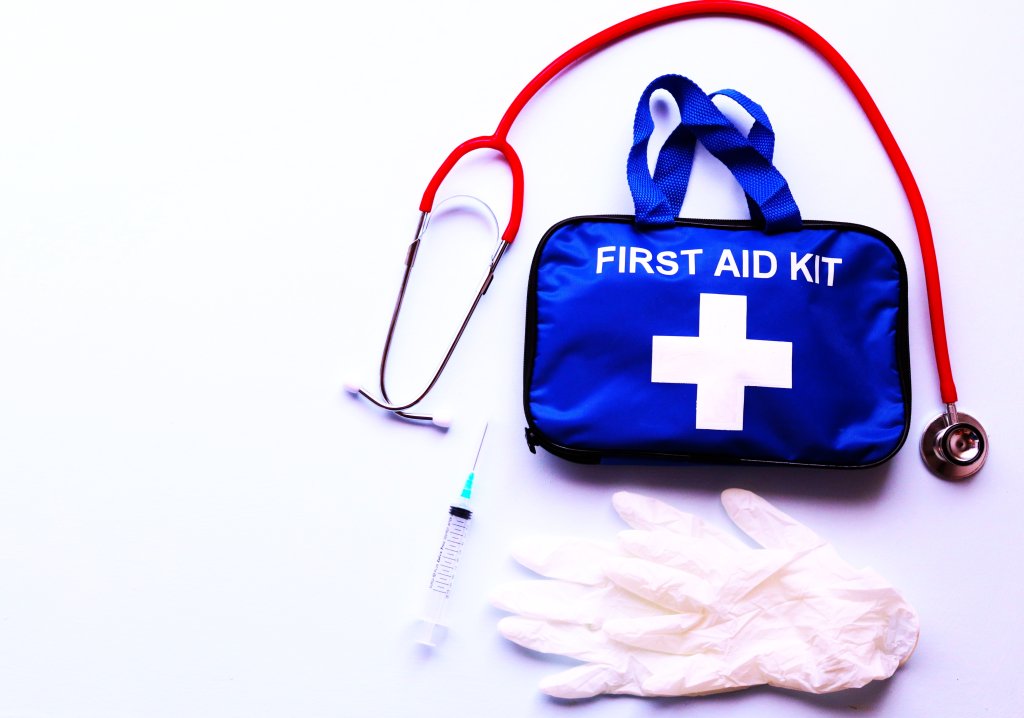
Introduction
First aid may be a vital aptitude that can spare lives in crises. Knowing how to distinguish diverse sorts of first aid is fundamental for giving convenient and viable help in different circumstances. This article will direct you through the different categories, to begin with help, from essential care to more specialized procedures.
Understanding Essential First Aid
Fundamental first aid is the establishment of all, first aid information. It includes prompt care for common wounds and ailments, such as cuts, burns, sprains, and minor unfavorably susceptible responses. Learning how to recognize these injuries and give fundamental treatment is the primary step in getting to be able first responder.
Identifying Cardiopulmonary Resuscitation (CPR)
Cardiopulmonary Revival, commonly known as CPR, could be a life-saving technique performed when someone’s heartbeat or breathing has halted. Recognizing the signs of a cardiac capture and understanding the right way to manage CPR can significantly increase the chances of survival for the influenced person.
Recognizing Choking Risks
Choking could be a restorative crisis that can happen to anybody, from newborn children to grown-ups. Knowing how to distinguish the signs of choking and reacting rapidly with the Heimlich move or other fitting activities can be the difference between life and passing.
Separating Unfavorably Susceptible Responses
Unfavorably susceptible responses can run from mellow skin aggravation to extreme anaphylaxis. Recognizing the side effects of sensitivities and understanding how to manage epinephrine in basic circumstances is significant, particularly for people with known hypersensitivities.
Specialized, First Aid
Specialized, first aid includes a run of progressed strategies that require specialized preparation. These abilities are regularly required in particular circumstances or situations.
Wild First Aid
In open-air or inaccessible settings, conventional first aid methods may not suffice. Wild first aid includes recognizing wounds and illnesses that are common within the wild and applying suitable care, frequently with limited resources.
First Aid with Seizures
Seizures can be startling and perilous. Recognizing the signs of a seizure and knowing how to keep the individual secure amid the scene is imperative for both the person encountering the seizure and those around them.
Identifying Hypothermia and Warm Stroke
Extraordinary temperatures can lead to hypothermia or warm stroke. Understanding the indications of these conditions and taking prompt action to warm or cool the influenced individual is fundamental to avoiding further harm.

First Aid for Burns
Burns can happen from different sources, including fire, chemicals, or hot surfaces. Recognizing the seriousness of a burn and applying suitable first aid, such as cooling the burn or covering it with a sterile dressing, is vital to play down harm.
Recognizing the Indications of a Heart Attack
A heart assault could be a life-threatening condition that requires quick intercession. Recognizing the indications, which can incorporate chest torment, shortness of breath, and torment radiating down the arm or jaw, is crucial. Understanding the criticalness and calling for crisis therapeutic help can be a lifesaver in such cases.
Distinguishing the Signs of Stroke
Strokes can happen all of a sudden and result in critical brain harm if not treated promptly. Knowing how to recognize the signs of a stroke, such as sudden shortcoming in the confront, arm, or discourse challenges, is basic. Remember the acronym “Quick” – Confront, Arms, Discourse, Time – as a fast way to evaluate and react to a potential stroke.
First Aid with Breaks and Sprains
Mischances can lead to breaks or sprains. Separating between these two wounds is imperative as the first aid approaches vary. A break includes a broken bone and ordinarily comes about in serious torment and a failure to move the influenced appendage. In differentiation, a sprain includes harmed ligaments and may show swelling and torment. Understanding the suitable measures, such as immobilization for fractures and R.I.C.E. (Rest, Ice, Compression, Rise) for sprains, is significant.
Recognizing the Indications of Poisoning
Harming can happen from different substances, including chemicals, medicines, and indeed family items. Recognizing the side effects of harming, such as sickness, heaving, disarray, or seizures, is crucial for giving opportune and appropriate care. Reaching a harm control center or looking for prompt therapeutic help is frequently fundamental.
Specialized First Aid for Children and Infants
Children and newborn children have one-of-a-kind needs when it comes to first aid. Distinguishing the contrasts in regulating CPR, choking rescue techniques, and recognizing pediatric-specific sicknesses or wounds is vital for guardians, caregivers, and those who work with children.

Conclusion
Distinguishing distinctive types of first help could be a crucial aptitude that can enable you to be important, first aid responder in different circumstances. Whether it’s fundamental first aid for ordinary wounds or specialized strategies for specific scenarios, having the information to recognize and give fitting care can make a noteworthy contrast in someone’s life.
FAQs
What ought I do on the off chance that somebody is choking?
If somebody is choking, perform the Heimlich move by giving stomach pushes until the question causing the obstruction is unstuck.
How can I separate between a mellow unfavorably susceptible response and anaphylaxis?
Anaphylaxis may be an extremely unfavorably susceptible response that regularly incorporates side effects like trouble breathing, swelling of the confront or throat, and a drop in blood pressure. Gentle unfavorably susceptible responses ordinarily involve skin rashes or tingling.
What are the key signs of hypothermia?
Signs of hypothermia include shuddering, disarray, slurred discourse, and a drop in body temperature. In extreme cases, an individual may end up oblivious.
How can I provide first help for a burn?
For minor burns, run cool water over the influenced region and cover it with a sterile dressing. For more severe burns, look for prompt restorative consideration.
Is wild first aid diverse from standard first aid?
Yes, wild first aid centers on wounds and ailments that happen in farther or outdoor settings. It regularly includes extemporizing with constrained assets to supply care until proficient offer assistance is accessible.
